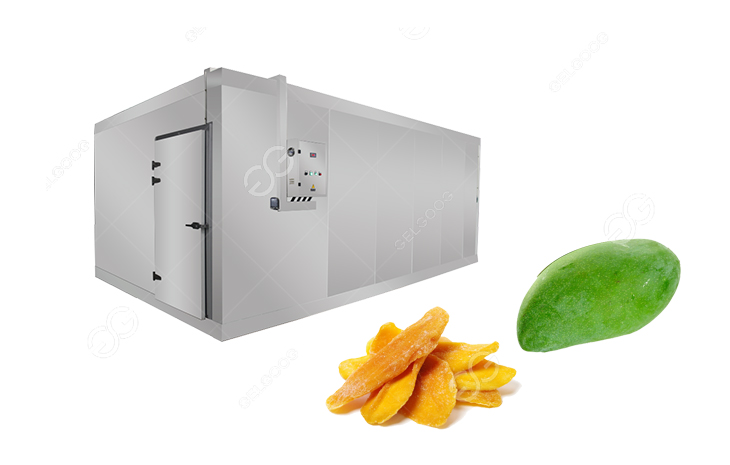Mango, often hailed as the “King of fruits,” Is beloved worldwide for its succulent sweetness and tropical aroma. However, its perishable nature poses a challenge for storage and transportation, especially in regions where fresh mangoes are not readily available year-round. Drying technology offers a solution by preserving mangoes in a shelf-stable form while retaining their flavor, nutrients, and vibrant color. Let’s delve into what is the drying technology of mango.
Traditional methods vs. Modern techniques:
what is the drying technology of mango
Historically, mangoes were dried using traditional methods such as sun drying or dehydration over fire. While these methods are simple and cost-effective, they often result in uneven drying, inconsistent quality, and susceptibility to contamination. Additionally, exposure to sunlight can lead to loss of color and nutrient degradation.
Modern drying techniques address these challenges by employing advanced equipment and controlled environments. Among the most commonly used methods are hot air drying, freeze drying, and vacuum drying. Each method offers unique advantages in terms of efficiency, quality, and preservation of nutrients.
Hot air drying:
Hot air drying, also known as convective drying, is a widely utilized method for drying fruits, including mangoes. In this process, hot air is circulated around the mango slices or pieces, facilitating moisture removal through evaporation. Temperature, airflow rate, and humidity levels are carefully controlled to achieve optimal drying without compromising flavor or texture.
One of the key benefits of hot air drying is its relatively low operating cost compared to other methods. However, prolonged exposure to heat can lead to enzymatic browning and loss of heat-sensitive nutrients such as vitamin c. To mitigate these effects, pre-treatments such as blanching or sulfuring may be employed.
Freeze drying:
Freeze drying, or lyophilization, is a gentle dehydration method that preserves the natural characteristics of mangoes exceptionally well. In this process, mango slices are frozen at very low temperatures and then subjected to vacuum pressure, causing the frozen water to sublime directly from ice to vapor without passing through the liquid phase. This results in superior retention of flavor, color, and nutrients.
Although freeze drying is slower and more energy-intensive than other methods, its ability to maintain the integrity of delicate fruit tissues makes it highly desirable for premium quality products. Freeze-dried mangoes have a light, crisp texture and can be rehydrated easily for various culinary applications.
Vacuum drying:
Vacuum drying involves placing mango slices in a low-pressure environment, where moisture evaporates at lower temperatures compared to atmospheric conditions. This method offers advantages similar to freeze drying in terms of preserving flavor and nutrients while reducing processing time and energy consumption.
By controlling the pressure levels, vacuum drying can be tailored to optimize the drying rate and product quality. However, equipment costs and technical complexity may pose challenges for smaller-scale operations compared to hot air drying.
Drying technology plays a crucial role in extending the shelf life of mangoes and making this delectable fruit available year-round. Whether through hot air drying, freeze drying, or vacuum drying, manufacturers can produce high-quality dried mango products that retain the essence of fresh fruit while offering convenience and versatility to consumers.
As consumer demand for healthy, natural snacks continues to rise, the importance of effective drying technology in preserving the flavor, nutrition, and appeal of mangoes cannot be overstated. By embracing innovative drying techniques and rigorous quality control measures, producers can ensure that every bite of dried mango delivers a taste of tropical paradise.
